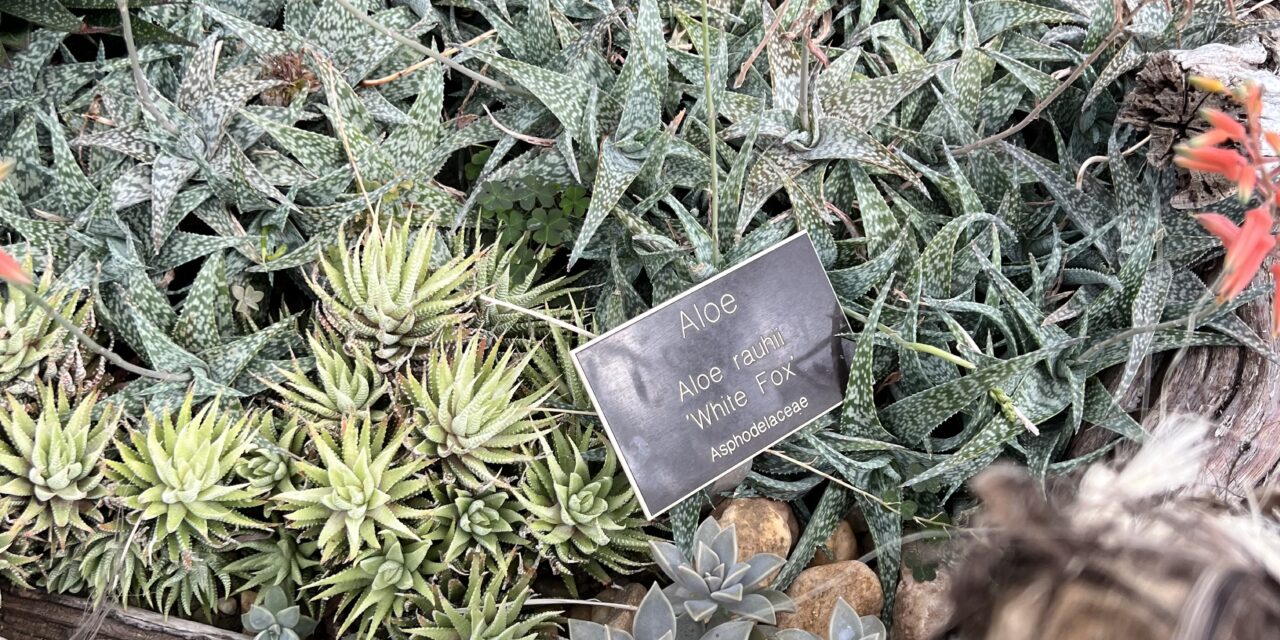Most people assume that succulents love sunlight, and while most do, you can also find succulents that prefer low light. Not all homes provide ample sunlight indoors, and even the biggest windows may not offer enough sunlight for traditional flowers or succulents to grow properly. You can always help out any particularly shady place in your house or apartment with a plant light, so with a little help, any succulent can grow perfectly! Check out this list of 15 succulents that will be just as happy and thrive in low indoor lighting.
Snake Plant
Snake plants are an ideal choice for indoor environments because they are so low-maintenance and will be happy in any kind of indoor lighting. The snake plant prefers bright light but will tolerate shade; in fact, you need to make sure you protect it from afternoon sun because the leaves can become scorched.
Jade Plant
Any jade plant will thrive with afternoon shade, so low light indoor settings will be fine for this plant. Depending on the direction of your windows, extra sunlight may be difficult to find. If possible, try to put your jade plant’s pot in an area where there will be bright morning sun, if only for a few hours.
Zebra Plant
Zebra plants are native to Brazilian rainforests and grow under the cover of larger trees and shrubs. Because of this, zebra plants will do well in low lighting inside your home because these plants are used to not getting constant full sunlight. Zebra plants don’t even need sunlight to evaporate extra water from its leaves!
Panda Plant
Panda plants are specially designed with soft, fine, velvety hairs to protect it against too much sunlight. Place your panda plant in the sunniest windowsill you have in your house. If you find that your panda plant still isn’t growing enough, consider adding a grow light to the area to give your plant some extra help.
String of Hearts
The string of hearts was created as an ornamental indoor houseplant, so they are hardy against nearly any indoor growing environment. Your string of pearls will grow in low lighting, but if you plan to move it outside during the warmer summer months, make sure to slowly acclimate it to brighter direct sunlight.
Echeveria
While echeveria will indeed grow with only some bright sunlight every day, your best chances will be to place your echeveria under a plant light if you cannot ensure that your plant will get at least 6 hours of sunlight every day.
String of Pearls
Part shade is the best environment for your string of pearls to grow in. You can make up for less-than-ideal indoor light conditions by growing your string of pearls in warmer indoor environments. String of pearls prefer to have dry soil and little watering, so the temperature of the room will become more important than the light.
Hoya
Hoya can tolerate a few different types of sunlight. If you do not have direct sunlight for this plant, you can also have sunlight filtered in through curtains. Hoya plants will also grow well in indirect sunlight as long as it is somewhat bright.
Burro’s Tail
Burro’s Tail prefers bright light, but it will also grow in low lighting conditions inside. If you don’t have ideal lighting conditions, you can still have a Burro’s Tail. You’ll just notice that the leaves will not be as dense as the stems – but you’ll still have a beautiful plant!
Ox Tongue
Ox tongues are technically cacti and will grow best under bright sunlight. Ox tongues will still grow with partial shade if you find that your windows do not bring in enough sunlight all day long. Overall, ox tongues are a relatively versatile plant that will continue to grow under any lighting condition.
Spider Plant
Much like the snake plant, spider plants grow well under nearly any indoor conditions. Low indoor light is one of the best environments for your spider plant to grow in. Too much direct or bright sunlight could scorch the thin leaves of the spider plant.
Hens and Chicks
Hens and chicks are often used as ground cover since it spreads so wildly, so these plants can tolerate some shade. Since hens and chicks grow low to the ground, they are often covered by other taller plants, so low lighting conditions are not a major concern for this plant.
Christmas Cactus
Christmas cacti can be finicky if you want to get them to flower, but low light or no light are part of the process for a beautiful, flowering Christmas cactus. Of all of the succulents on this list, the Christmas cactus does the best in low lighting. It needs 13 hours of total darkness and then 15 hours of darkness.
Aloe Vera
While aloe vera does not do the best in low lighting, it can actually adapt to different lighting conditions such as low light. If you can, I would recommend putting your aloe vera outside any time you can so that it can also get some additional sunlight. The combination of low light and bright, direct sunlight will help your succulent grow.
Bear Paw
Bear paw succulents are low growing like hens and chicks, so they also prefer shade to direct or bright sunlight. Despite having thick, fleshy stems and leaves, bear paw succulents are delicate. Bright light can easily burn the plant, so shade or a mostly shady area are the best choice for this succulent.


